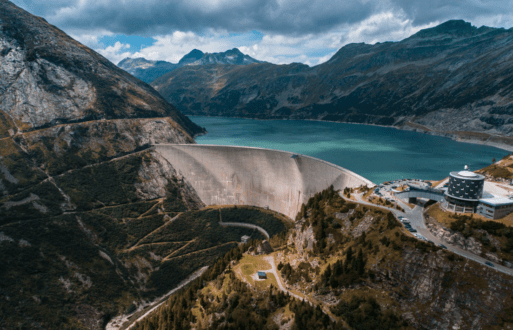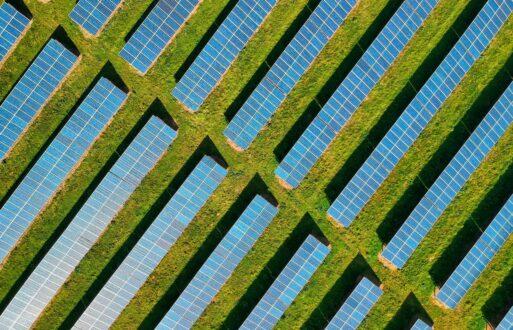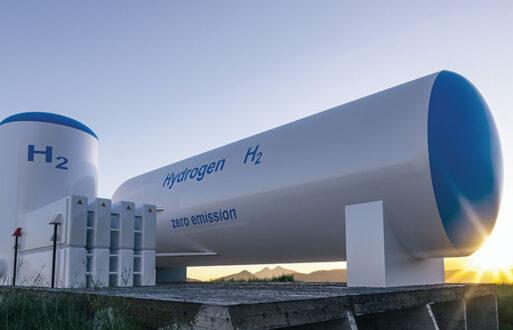Between climate change-driven draughts, increasing concerns over the environmental impact of hydropower, and rising maintenance and repair costs many may be left wondering about the future of hydroelectric power generation in the United States. Does it still have a place in the renewable energy conversation that has been dominated by wind and solar in recent years?
Hydropower accounted for nearly 30% of renewable electricity generation in the U.S. in 2022, according to the Department of Energy, with pumped storage hydropower accounting for around 96% of commercial energy storage capacity. Proponents of the technology believe that by increasing investments, improving efficiencies, and better managing environmental impacts, hydropower can play a big role in decarbonizing our electric grid.
So, what is the future of hydropower energy? Let’s take a look.
The future of hydropower technology
As of 2022, there are more than 2,000 hydropower dams in the United States, embodying advanced hydroelectric power technology with a combined generating capacity of 103,000 MW. The National Renewable Energy Laboratory (NREL) believes that hydropower can be an even bigger player than it is today. NREL research shows that if flexibility, or a facility’s ability to ramp power production up or down based on grid needs, is improved, energy production will also increase.
The NREL also recognizes that pumped storage hydropower (PSH), a critical component of modern hydroelectric power technology, could be key to integrating more intermittent renewables like wind and solar into the grid. Essentially a giant battery, PSH systems release stored power by moving water from an uphill reservoir to a downhill reservoir.
Perhaps the U.S. hydropower industry will one day perform cloud seeding operations such as those performed in Snowy Mountains of New South Wales, Australia. These carefully controlled and environmentally neutral operations provide a 14% precipitation increase across the seeded area. Removing 14% volatility in snowpack season over season would be a significant game changer for the hydropower operations in the United States.
Pumped storage hydropower: enhancing grid stability and renewable integration
Pumped storage hydropower (PSH) is a critical technology for managing the variability of renewable energy sources such as wind and solar. As the most established form of large-scale energy storage, PSH plays a pivotal role in energy systems by balancing supply and demand over different time frames. This balancing act is crucial for maintaining grid stability and ensuring a reliable supply of electricity.
PSH systems operate by using excess electricity to pump water from a lower elevation reservoir to a higher elevation. When energy demand peaks, water is released back down to the lower reservoir through turbines, generating electricity. This process turns the storage system into a sort of battery that can quickly respond to fluctuations in energy demand and generation.
Benefits of pumped storage include:
- Grid reliability and flexibility: PSH can rapidly adjust to changes in power demand, making it invaluable for grid stability
- Energy efficiency: By storing excess energy during times of low demand and releasing it during peak demand, PSH improves overall energy efficiency
- Support for renewables: PSH facilitates the integration of renewable energy by storing surplus generation and mitigating the variability and intermittency of wind and solar power
While PSH is a renewable energy enhancer, it’s not without environmental impacts, primarily related to land use and potential effects on local ecosystems. However, compared to other forms of energy storage and generation, PSH often offers a favorable balance of high capacity and relatively lower ongoing environmental impact once constructed.
The Hydropower Clean Energy Future Act
Lawmakers in Washington, D.C., are also betting on hydropower’s future. The Inflation Reduction Act (IRA), which was signed into law in 2022, includes several provisions meant to drive the growth of hydropower in the U.S. For example, existing tax credits for the development of new hydropower facilities were extended for an additional 10 years.
The IRA also provides tax credits for retrofits at existing hydropower facilities. Considering that the age of the country’s hydropower fleet is north of 60, and the number of years it takes to develop and build new hydropower installations, maintaining and optimizing existing plants will be key to securing the future of hydropower in the United States.
In 2023, House Energy and Commerce Committee Chair Cathy McMorris Rodgers (R-WA), introduced the Hydropower Clean Energy Future Act to reform the Federal Energy Regulatory Commission’s (FERC) licensing process in a way that expands clean, sustainable hydropower production in the U.S. It also encourages the development of the next generation of hydropower technology by removing some of the roadblocks facing the industry.
If passed, the act would:
- Affirm a two-year licensing process for next-gen hydropower facilities
- Exempt certain smaller projects and closed-loop pumped storage projects
- Promote next-gen turbine design and generation technologies with an eye for improving efficiency, performance, and the protection of wildlife and the environment
- Remove barriers, such as electricity market rules and ownership models, that impede the rapid expansion of hydropower development
- Extend the timeline for projects to commence once a license has been approved, in order to address some of the construction issues the industry has faced since the COVID-19 pandemic
Across the globe, hydropower owners are seeking new and innovative ways of supporting renewables integration and much-needed improvements in plant facilities. Resource adequacy programs, such as the Western Resource Adequacy Program in the Western United States and other market initiatives, increasingly provide dependable budget line items for hydropower’s capacity. Dependable budgets translate into facility improvements ensuring hydropower resources run for decades, even the changing environmental and licensing landscape.
Optimizing your hydropower assets
In short, hydropower will continue to contribute to America’s carbon free energy mix for decades to come. PCI Energy Solutions harnesses cutting-edge hydroelectric power technology to provide forecasting, maintenance, and scheduling tools that optimize your organization’s hydropower assets. Learn more about how our optimization and water scheduling tools can increase the efficiency of your workflows, reduce uncertainty, lower financial risk, and enable you to make data-based decisions.






